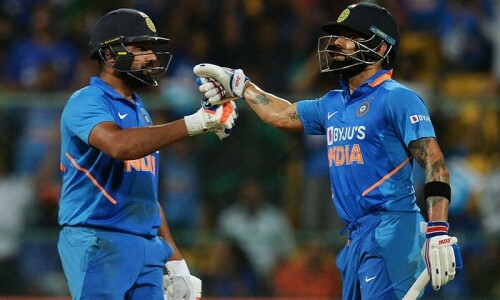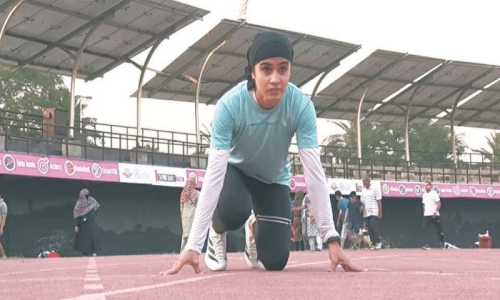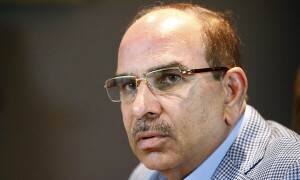A FAMILY was driving home from a wedding when they witnessed two masked men on a bike with guns snatch a laptop case from a person on a motorbike and zoom away. The incident took seconds. Sitting in the car, the wife promptly took off her gold jewellery and stowed it away at the back of the dashboard. Nobody batted an eye. In Karachi, everybody has several stories of muggings.
Pakistan is not a country known for its safety. In Karachi, especially, the risk of having one’s wallet, purse or mobile snatched on any given day is quite high, making carrying wads of cash around quite risky. Yet, the country is steadfastly resisting all efforts towards digitisation.
Given the gradual increase in the number of point-of-sale (POS) machines around the country, one should be able to assume that more people are becoming comfortable with paying through cards. The State Bank has mandated all tier I merchants, from retail to restaurants, to accept POS payments.
Over the last decade, there has been a 2x increase in the number of POS machines. Strangely, the amount per transaction has remained stagnant at around Rs5,000. Given the galloping inflation in recent years, it would appear that, in real terms, people are using cards for payment less than before.
Perhaps it was possible to grocery shop for a month’s rations for around Rs5,000 a decade ago. However, it defies logic that anyone shopping at Imtiaz for the month could keep the bill to less than Rs20,000. Similarly, retailers like Khaadi and Gul Ahmed have outlets in relatively remote urban areas. Buying a three-piece female suit for Rs5,000 would be quite challenging, even during sales.
The numbers indicate that people are not comfortable using cards on counters for even small purchases, much less relatively big-ticket items such as TVs or fridges.
In a recent conversation, Saad Niazi, the acting CEO of Keenu (one of the largest players in this industry), said that the true potential for the increase in POS transactions lies in the number of cards in circulation.
In FY23, Rs12.2tr was withdrawn from ATMs across the country, while the value of POS transactions was Rs1.1tr. People who withdraw cash can theoretically use it to pay through a POS machine. Firms like Keenu want to bridge the 12x factor between using ATMs and using cards for payments.
“With high inflation and a weaker rupee, the cash in circulation has increased. Cash management is expensive, and digital can provide a solution,” he said optimistically. However, the flat amount per POS transaction appears to negate that belief.
People would rather withdraw money from the ATM or the bank’s counter and pay in cash than using debit or credit cards to make payments. To increase digitisation, the mindset needs to change to increase adoption.
Published in Dawn, The Business and Finance Weekly, February 19th, 2024














































Dear visitor, the comments section is undergoing an overhaul and will return soon.